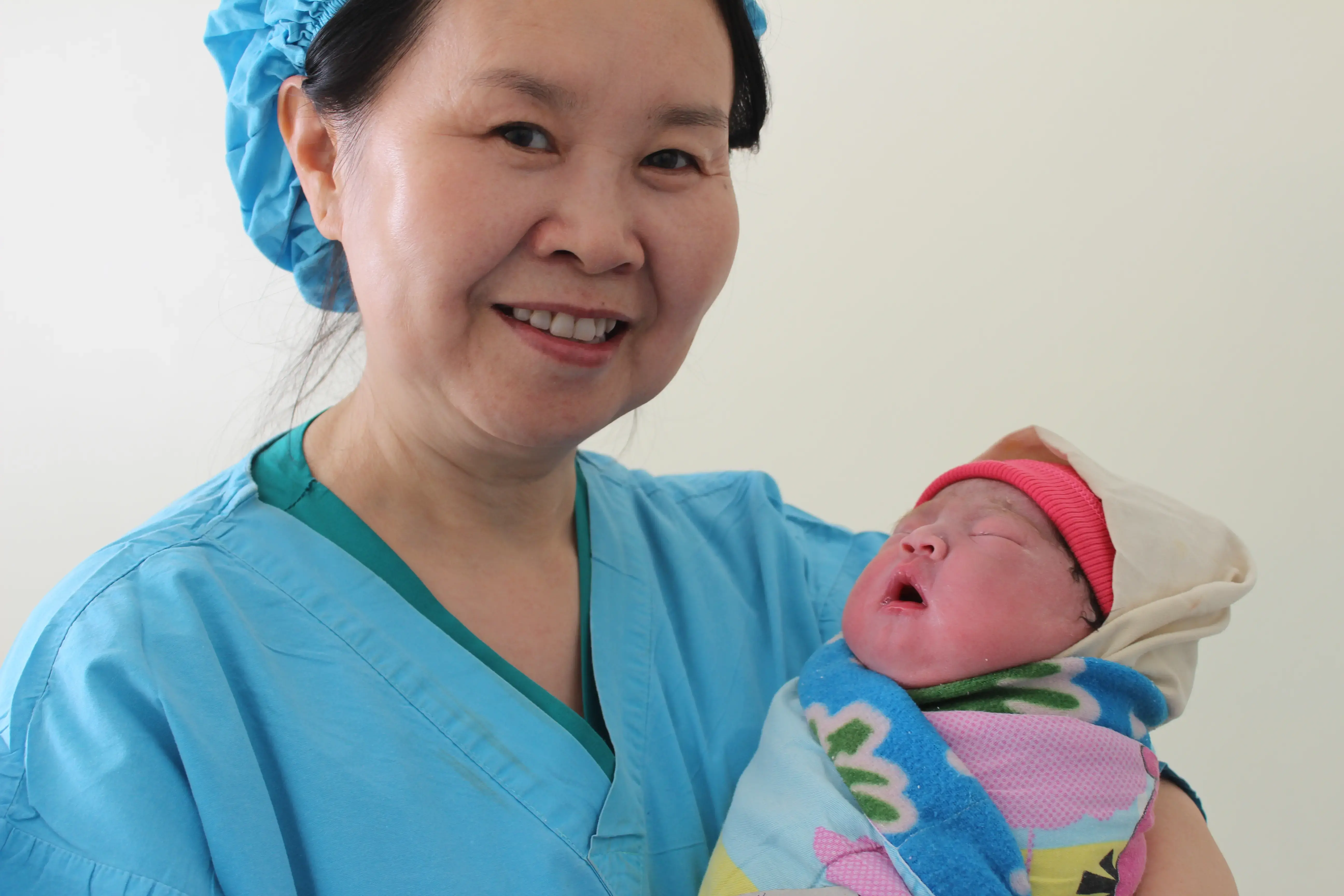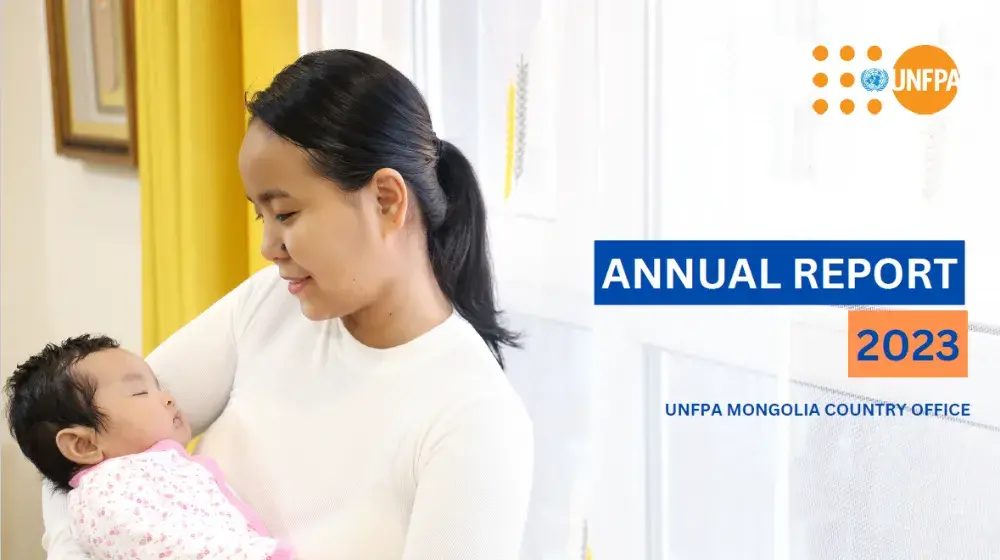The 7th Country Programme has five outputs and the CO office is working closely with and leveraging partnerships with government entities at the national and subnational levels to achieve the results.
Output 1: Strengthened national and subnational policies and programmes to enable access of the furthest left-behind groups to high-quality, rights-based, gender-responsive, comprehensive sexual and reproductive health and reproductive rights information and services, across the humanitarian-development continuum
To accelerate progress in achieving UNFPA Strategic Plan outcomes 1 and 2 by 2030, this output will support equitable access to quality sexual and reproductive health services, especially for marginalized populations, including herders, adolescents, young people and people with disabilities, and contributes to achieving UNSDCF outcome 1 on human development and well-being.
This output will be achieved through advocacy, technical support and evidence generation across the humanitarian development continuum for: (a) strengthened evidence based policies and decision making to ensure domestic financing and insurance coverage for sexual reproductive health and reproductive rights programmes, including availability of high quality contraceptives, within the context of universal health coverage; (b) strengthened capacity of public and private health facilities to provide quality, affordable, inclusive and youth friendly sexual and reproductive health services, including gender based violence response, sexually transmitted infections/HIV prevention and management; (c) strengthened policy environment for disability inclusive and youth friendly sexual and reproductive health services; (d) improved capacity of service providers, focused on strengthened midwifery education and professional development at the facility level to provide comprehensive, integrated sexual and reproductive health services, including gender based violence response, tailored for most left behind groups; (e) scaled up implementation of the essential sexual and reproductive health package; (f) expanded public and private partnerships to provide quality, rights based family planning services and ensure adequate budget allocations; (g) expansion of innovation and digitalization to reach hard to reach populations, including telemedicine in rural areas; (h) enhanced capacity of human rights institutions and civil society organizations to monitor implementation of reproductive rights; and (i) support for evidence based behaviour change communication interventions focused on addressing discriminatory social norms and engagement of men and boys.





